At 1240g, the Roval Control SL Team wheel is the lightest wheel that Roval has ever made. Bearing in mind that Roval makes road race wheels for Tour de France teams, that is quite a statement. And while its previous Control SL wheels were no slouches, there has been an astounding amount of work gone into these new wheels to remove weight and also increase durability.
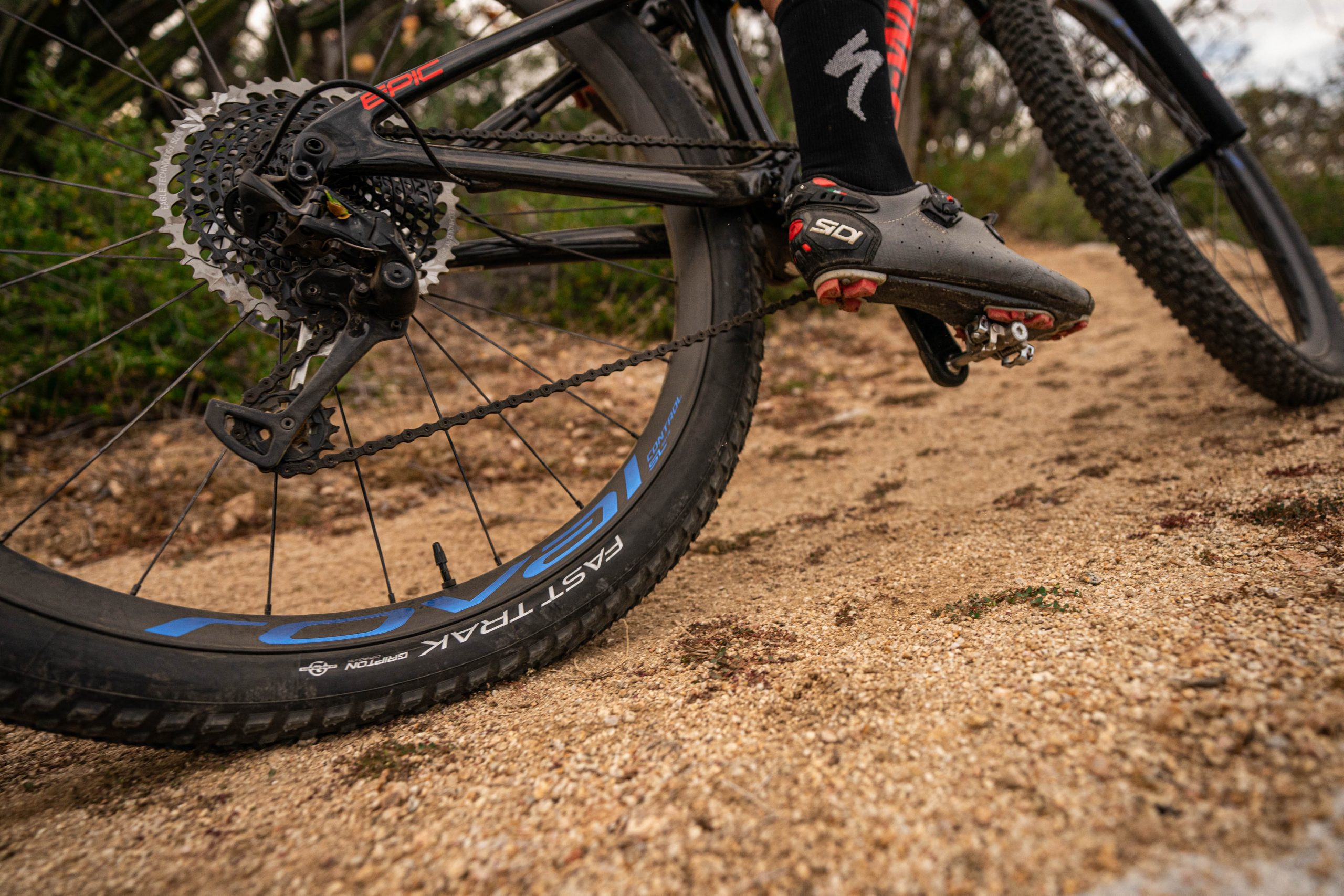
Compared to the previous wheels, every aspect of the new Control SL Team wheels has been improved. The front hub, for example now weighs the same as the previous, empty, hub shell used to weigh. The engineers went through 23 different prototype wheel configurations and 16 different rim sidewall profiles. A lot of work.
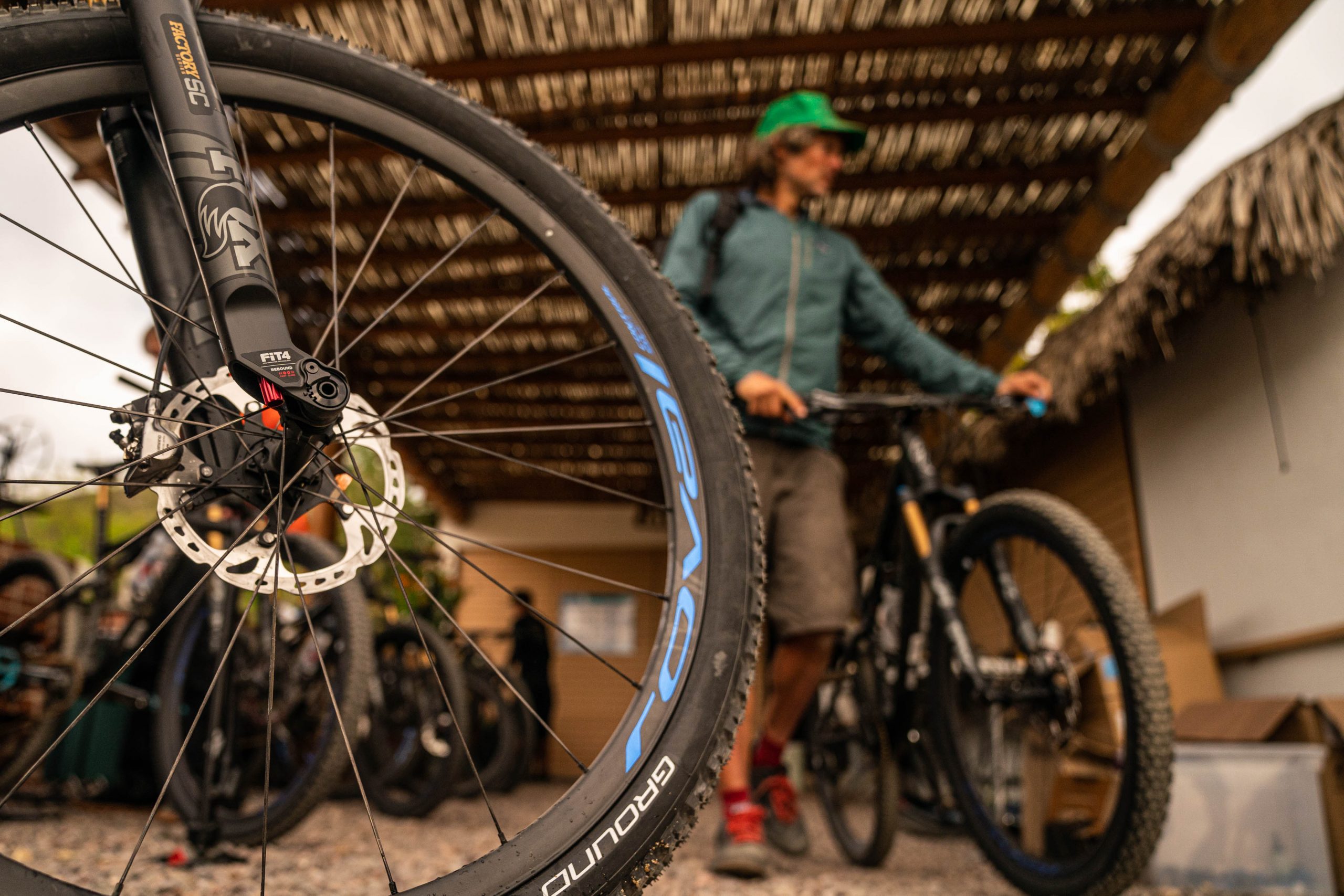
So, what’s so special about the new Control SL Team wheels? Let’s go through things bit by bit:
The hubs
The hubs for the new wheels were slimmed down as much as possible, with every extra bit of material removed (to the extent that there are small relief pockets drilled in under the six-bolt holes) and the hub shells were shrunk to be as small as possible. The front hub is truly tiny – and this is helped by it not having a front axle. Roval reasoned that you already have your fork’s 15mm axle, so why add another axle for it to slide into? So the front hub is a shell, a spacer and a pair of bearings. The end.
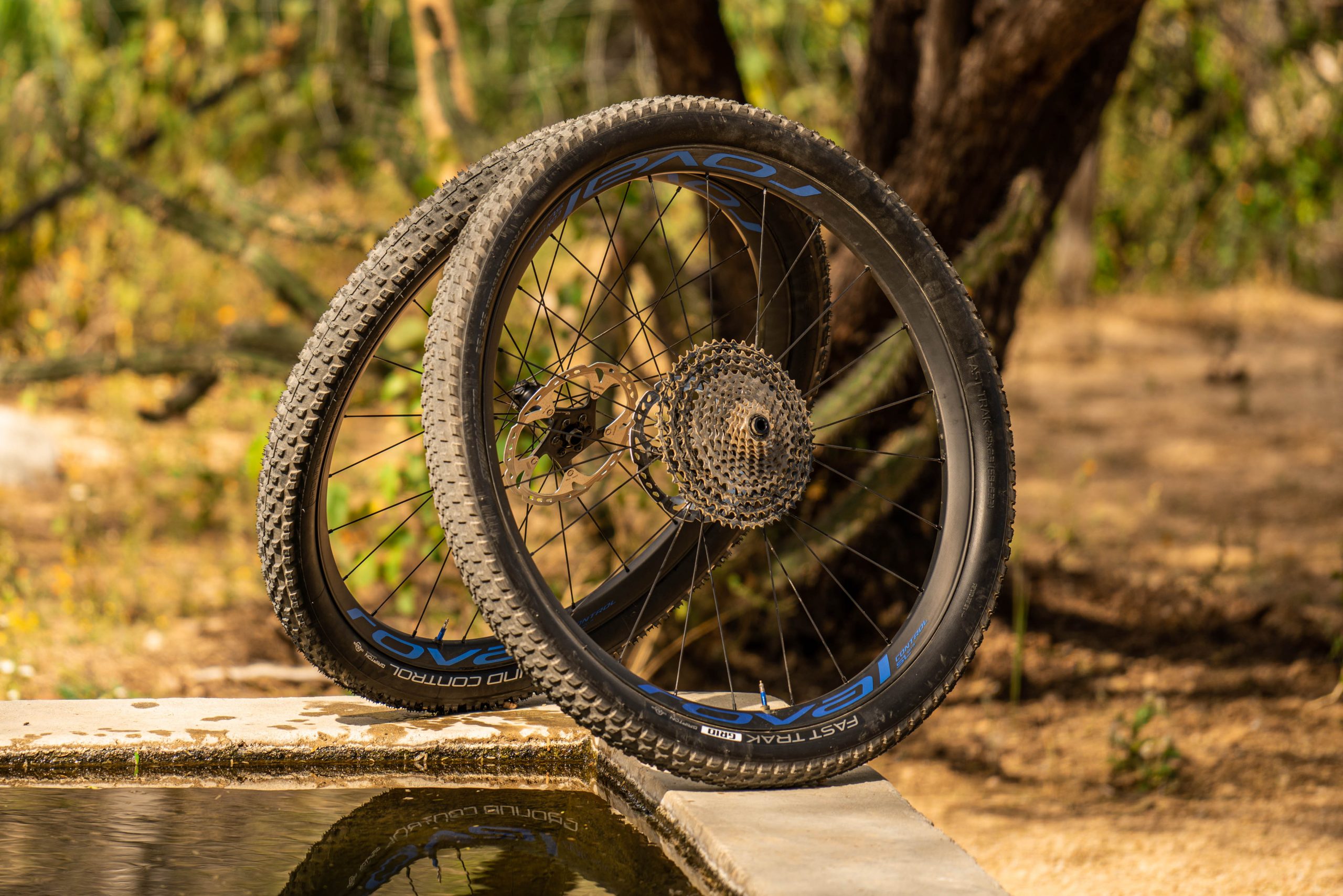
The rear hub benefits from DT Swiss’ new EXP Star Ratchet system (both hub shells are made by DT Swiss) which now has one fixed star ratchet and one moving one. The Control SL Team uses the quicker 54 tooth ratchet for quicker engagement and is fitted with ceramic bearings for smooth and consistent running. The 24/24 spokes are straight pull, but conventional spokes otherwise, laced three-cross rear and three cross/radial on the front. Nipples are DT Swiss alloy Pro-Lock.
At the back, the wheels we have seen are fitted with a Shimano Microspline driver, though we assume that they’ll be available with SRAM XD and possibly Hyperglide replacements too. The hubs are six bolt (Roval was tight-lipped about Centrelock, but with DT making the hub shells, we can see it being an easy introduction down the road. Besides, our press release photo has a Centrelock hub on it…)
The rims
The rims on the Control SL Team wheels have had a similarly huge amount of work done in making them light and strong too. The rim profile in general (in green) has been widened (to 29mm internal) compared to the previous version, but it’s shorter in profile, to allow a bit more give. The rim is also asymmetrical, to allow for a single spoke length to be used and for a near-even spoke tension.
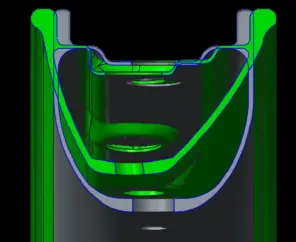
The the biggest source of time lost in cross country races is due to punctures. And with tubeless tyres and sealant nowadays resisting most thorns and nicks, it’s pinch-flats that cause the biggest derailments in racing. In order to prevent pinch flats as much as possible, Roval’s engineers created 16 different sidewall profiles and tested them by slamming anvils into wheels and seeing if they could get them to pinch-flat. The result was a 4mm thick-topped sidewall to give the bluntest edge possible, while then slimming down and angling in so that the rim wall will flex slightly, rather than the straight line of the previous rim (in grey)
The result is 22% more force needed to pinch flat a tyre. The rim itself has 30-40% more impact resistance and that helps lead to the impressive 270lbs maximum rider (and bike/gear we assume) weight. In addition, there’s a two year ‘Things happen’ no-fault replace or repair warranty, and then a lifetime warranty on materials and workmanship after that.
The result is 22% more force needed to pinch flat a tyre. The rim itself has 30-40% more impact resistance and that helps lead to the impressive 270lbs maximum rider (and bike/gear we assume) weight. In addition, there’s a two year ‘Things happen’ no-fault replace or repair warranty, and then a lifetime warranty on materials and workmanship after that.

The wheels come with some lightweight tubeless tape, but the wheels are compatible with Roval’s minimalist spoke hole plugs – a system of press in plugs that negate the need for rim tape, saving a handful of grams. The new rims have depressions for the plugs, so they won’t interfere with wheel sealing.
The wheels
The wonderful bit about wheels in general is that the component pieces are useless until they’ve been laced, tensioned and trued. A true ‘The sum is worth more than the parts’ bit of engineering. The Roval Control SL Team wheels are all hand built, with spoke tensions for every wheel recorded, so any failures can be directly followed up. And, given that Roval claims to be the biggest carbon wheel manufacturer in the world (and is part of the wider Specialized family), you assume that it knows what it’s on about.
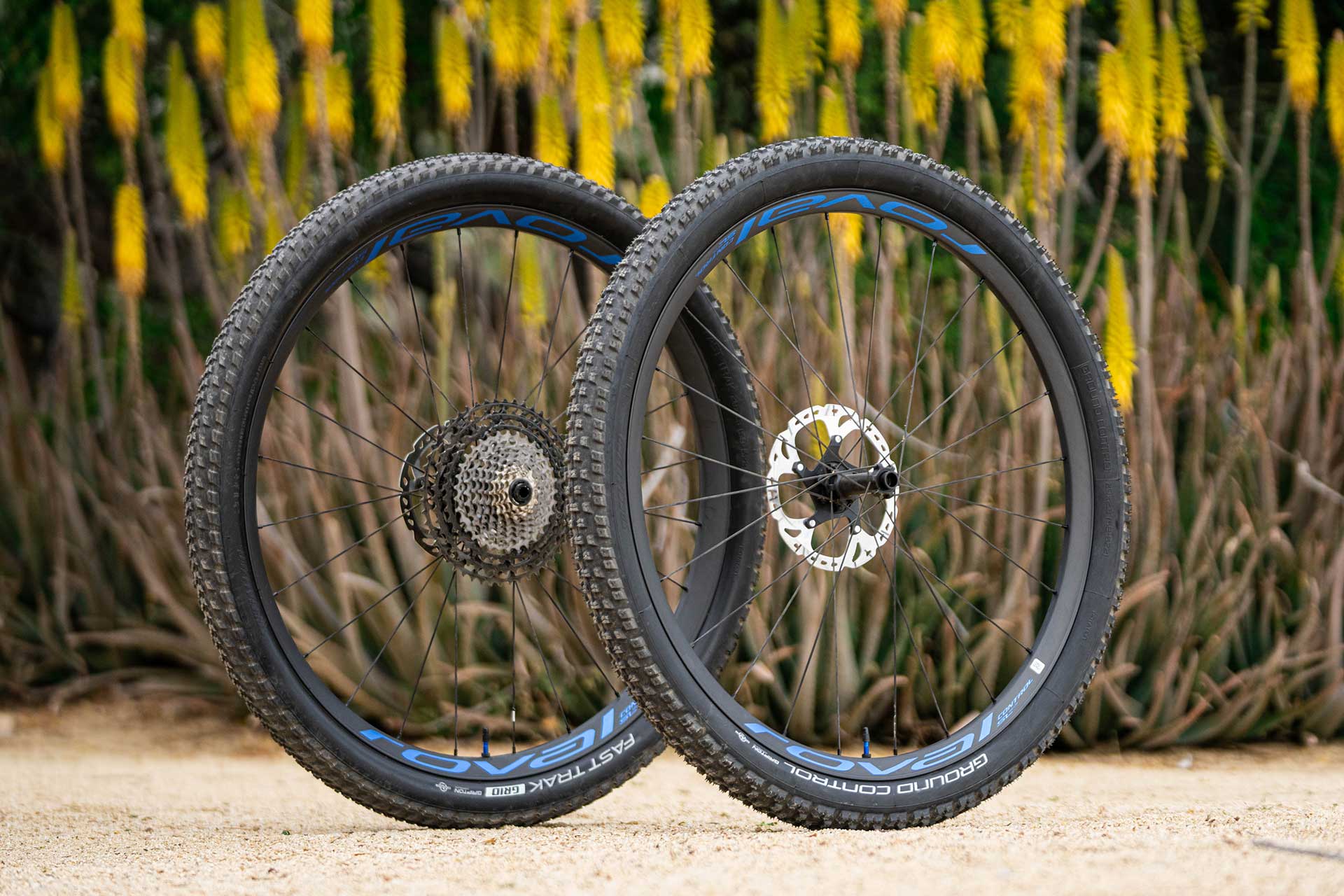
Complete weight for a pair of wheels is an impressive 1240g
All of this won’t come cheap or easy, of course. As the name implies, the Roval Control SL Team wheels, which come with these limited edition metallic blue decals, are designed primarily for team riders and there will only be 600 pairs made. The price in the UK will be £1950 for a pair.
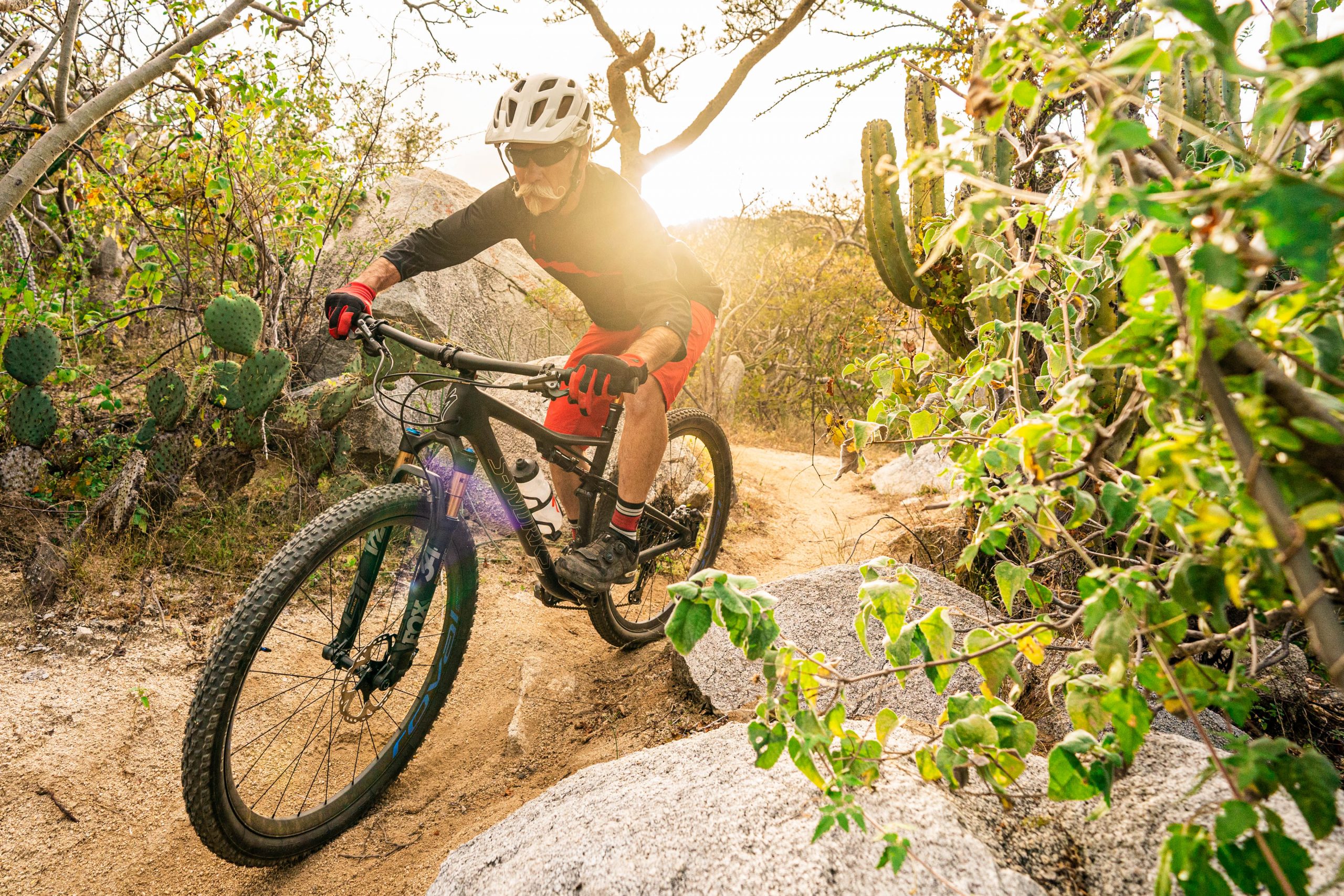
Check rovalcomponents.com for more information.
Want to see how an 80kg non-racer got on with them over four days of rocky trail riding? Have a look at Chipps’ First Ride Review here.

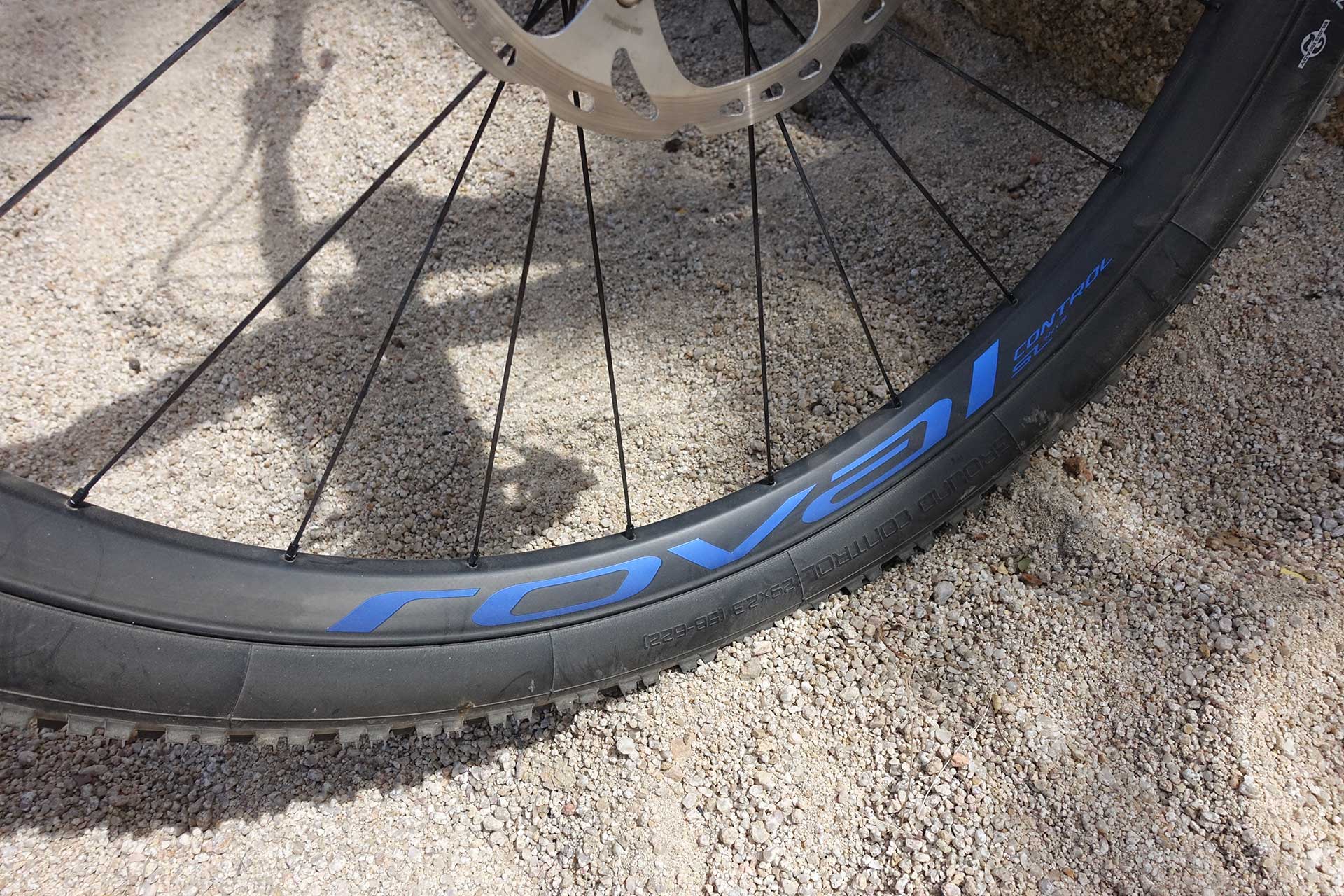




URL for Roval is wrong.. https://rovalcomponents.com/
‘Pass the red crayon- “The result is 22%” x2 🙂
I have the 27.5 Roval carbons on my stumpy, they feel great, are of a really good quality and do seem to make a difference when trying to hold a line. Plus they’ve taken a battering too and no brakes so far.